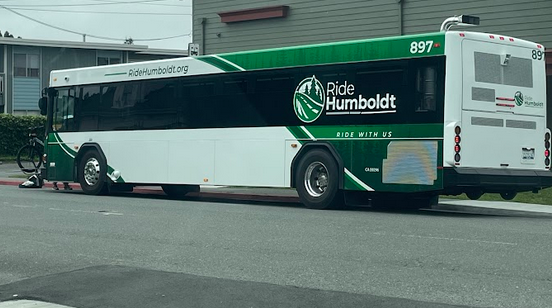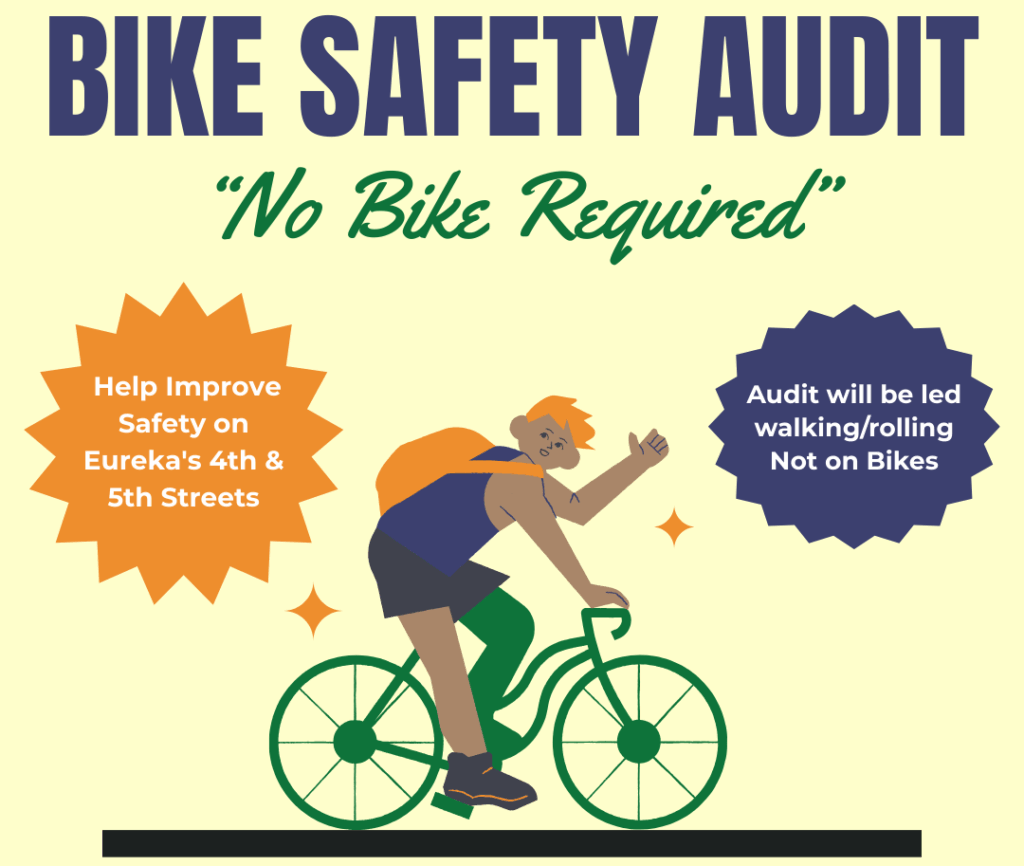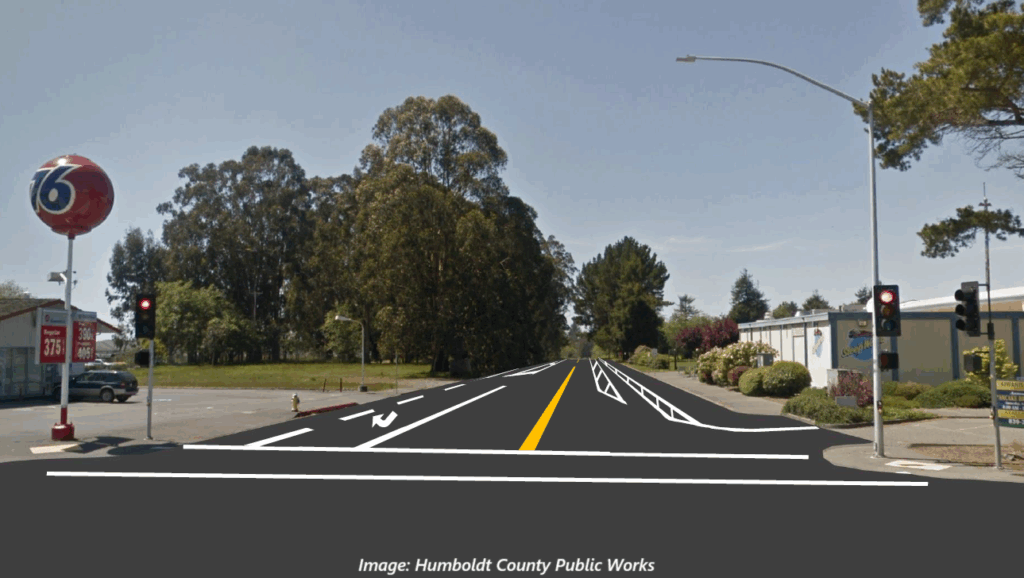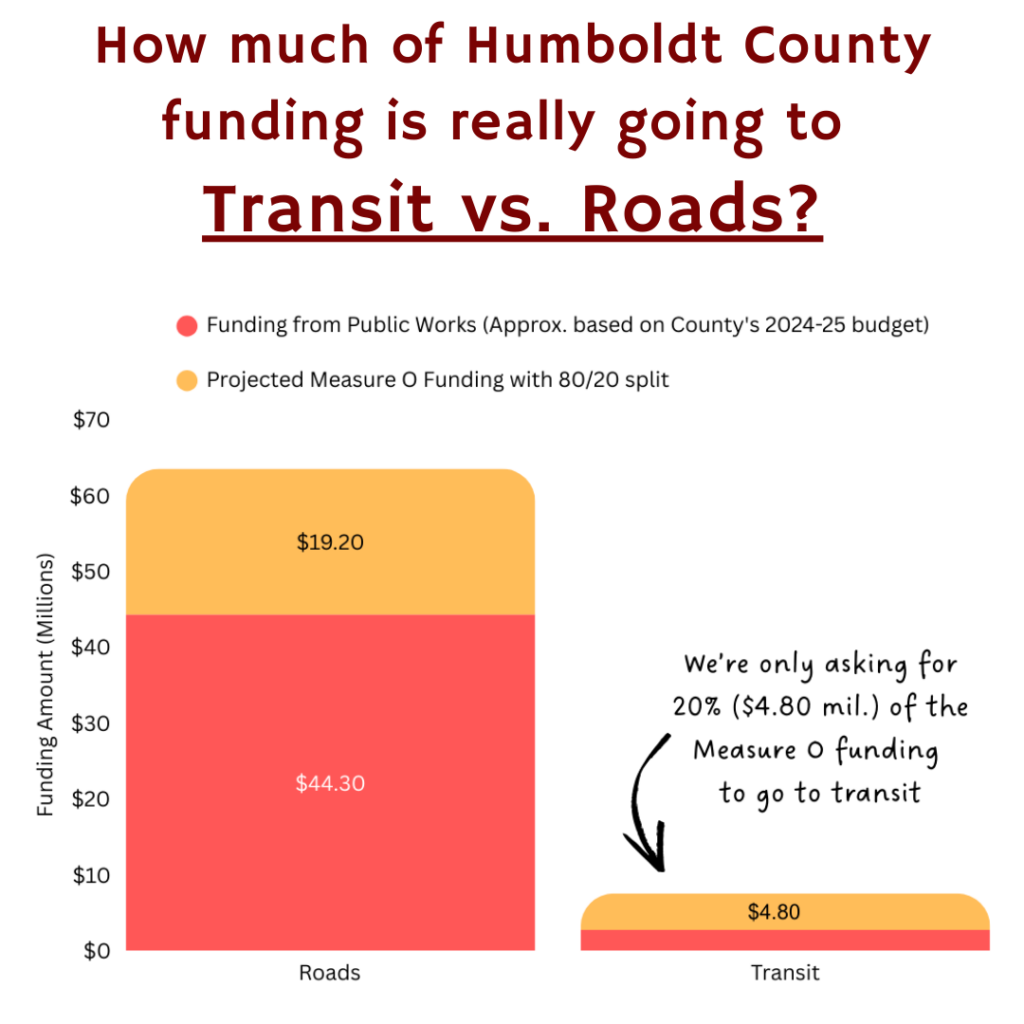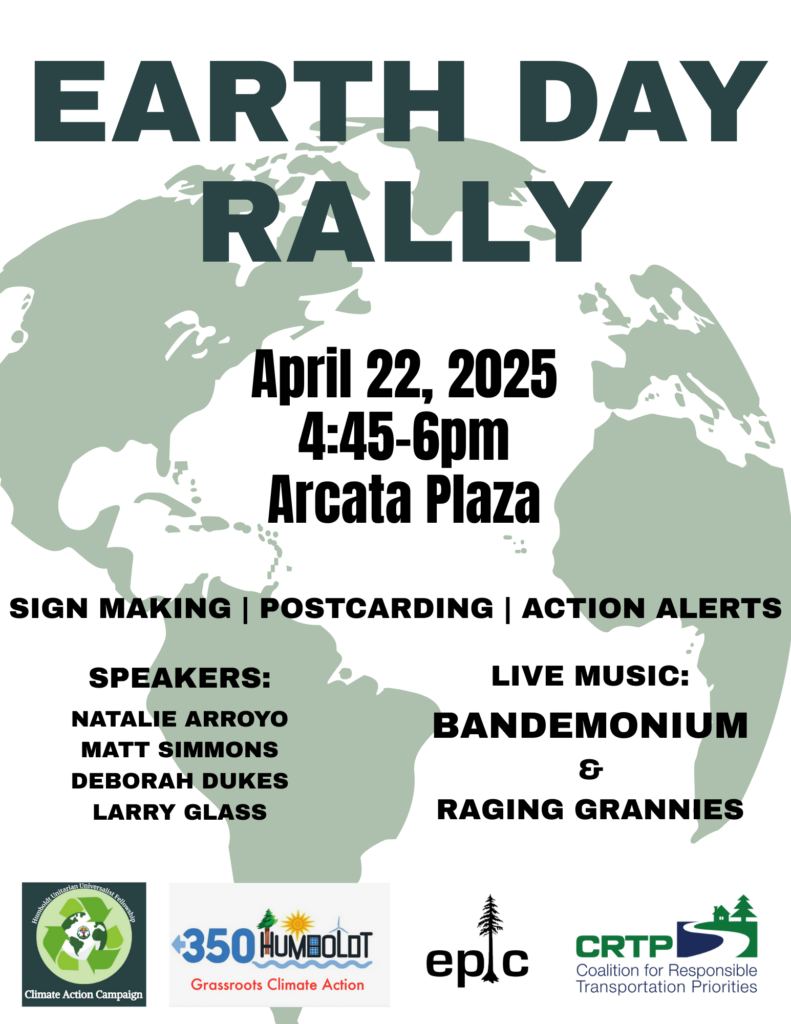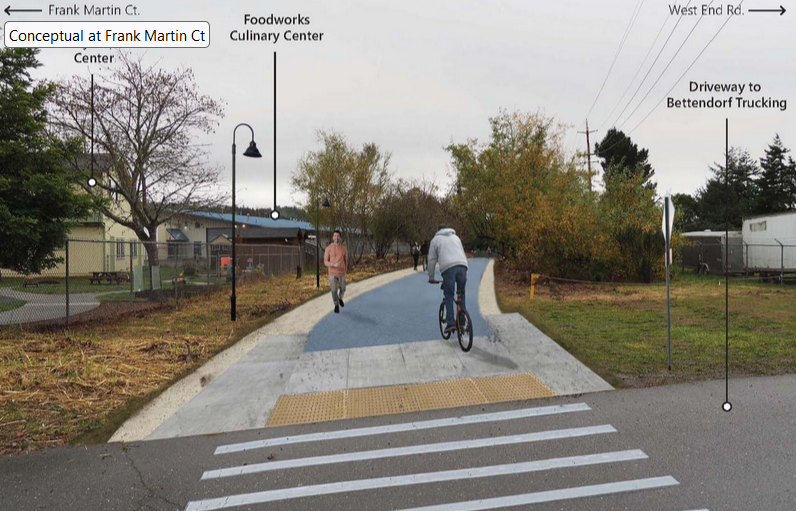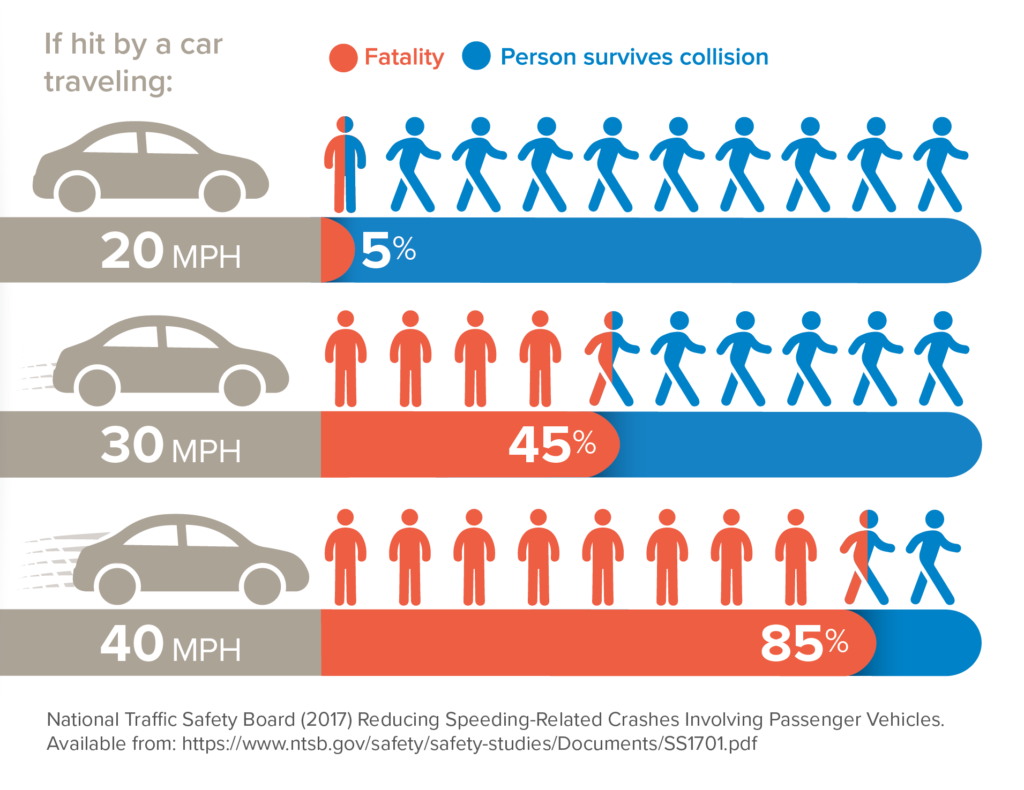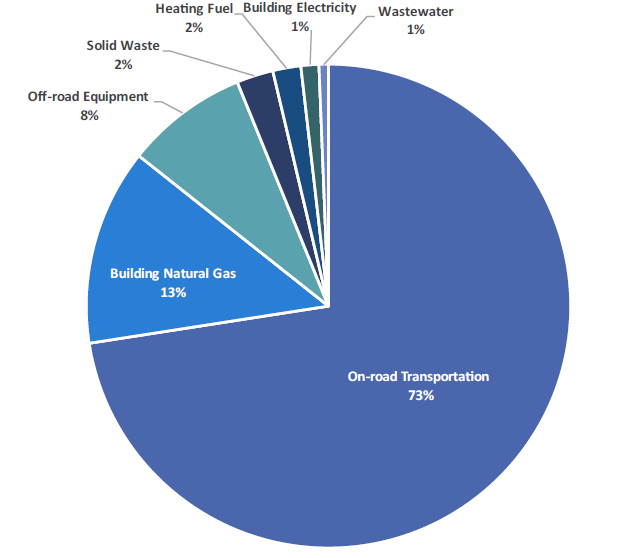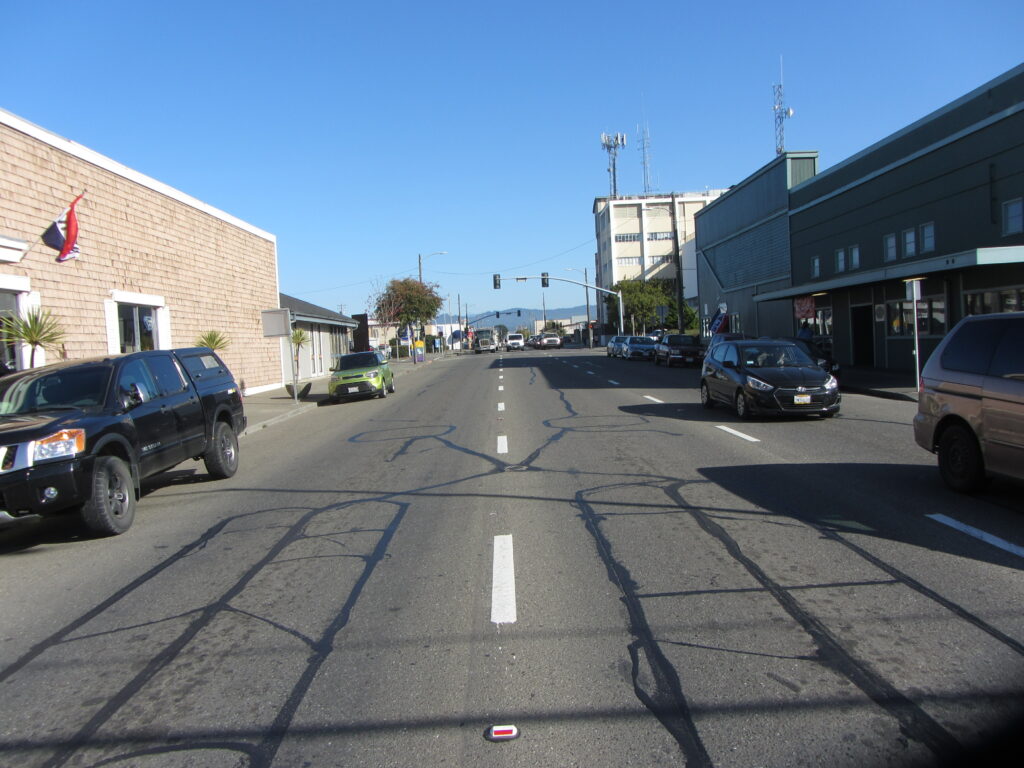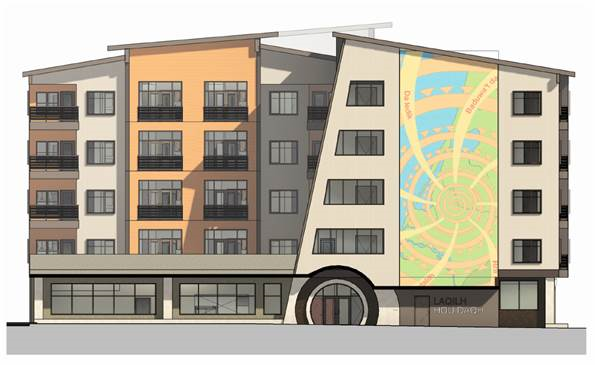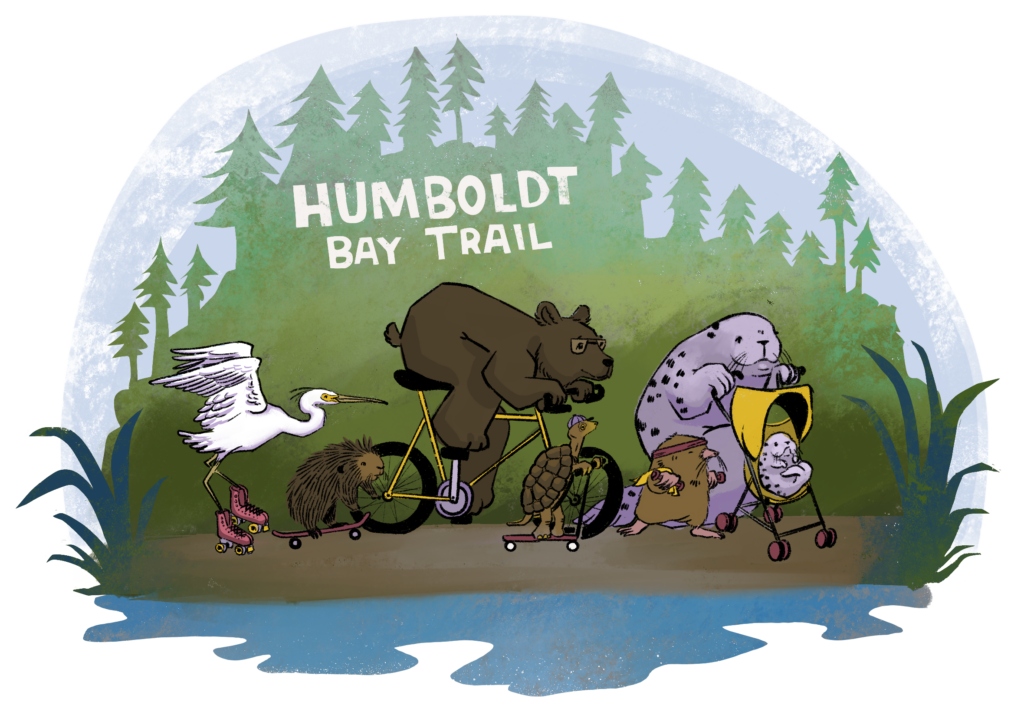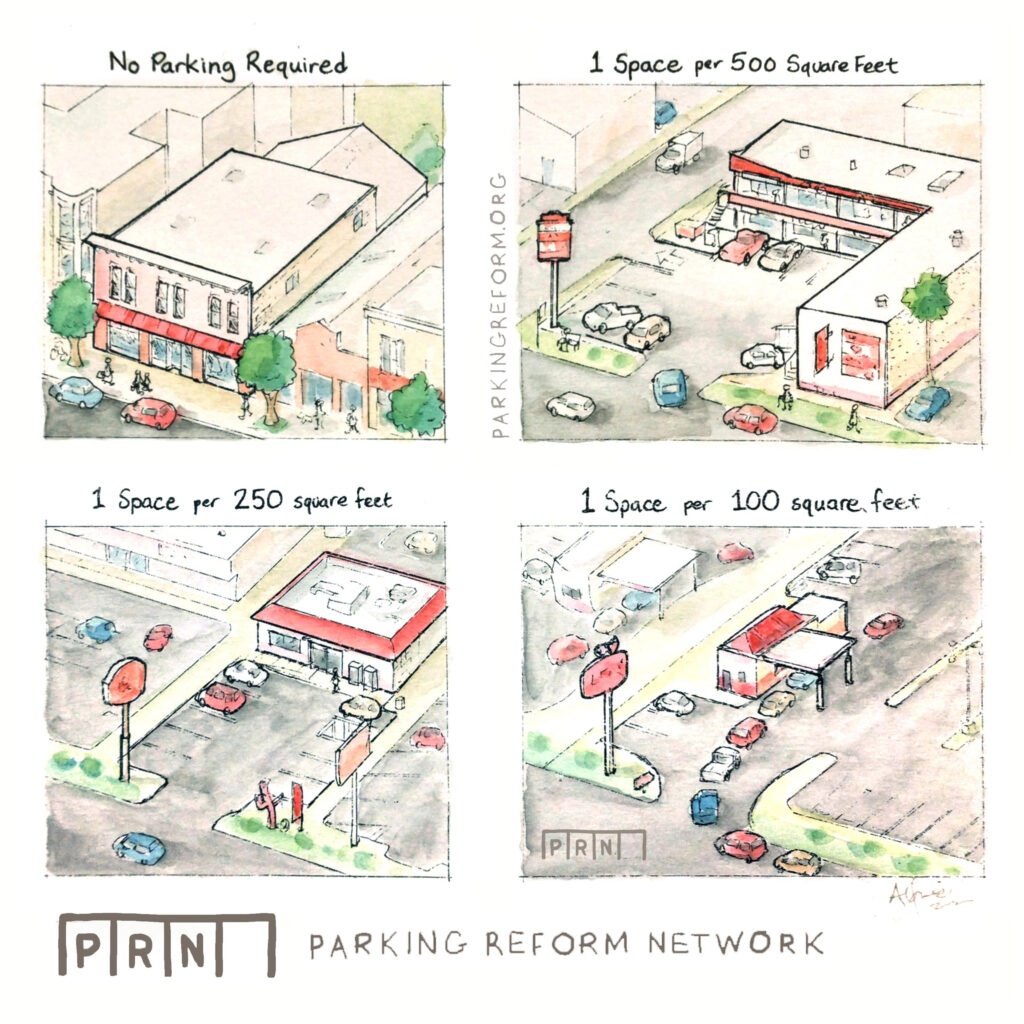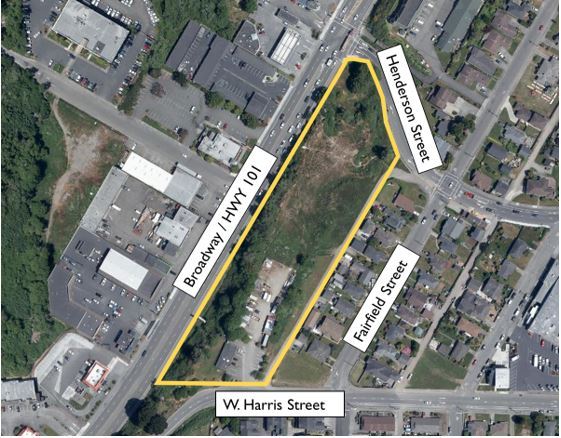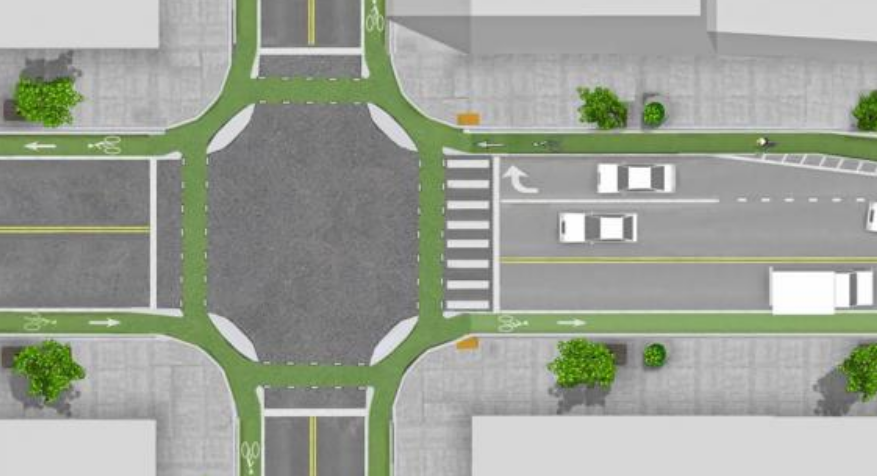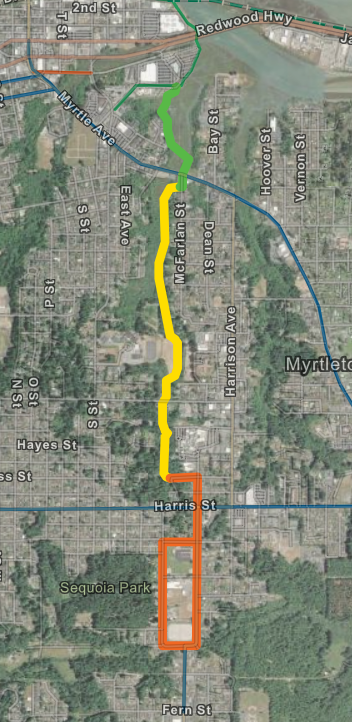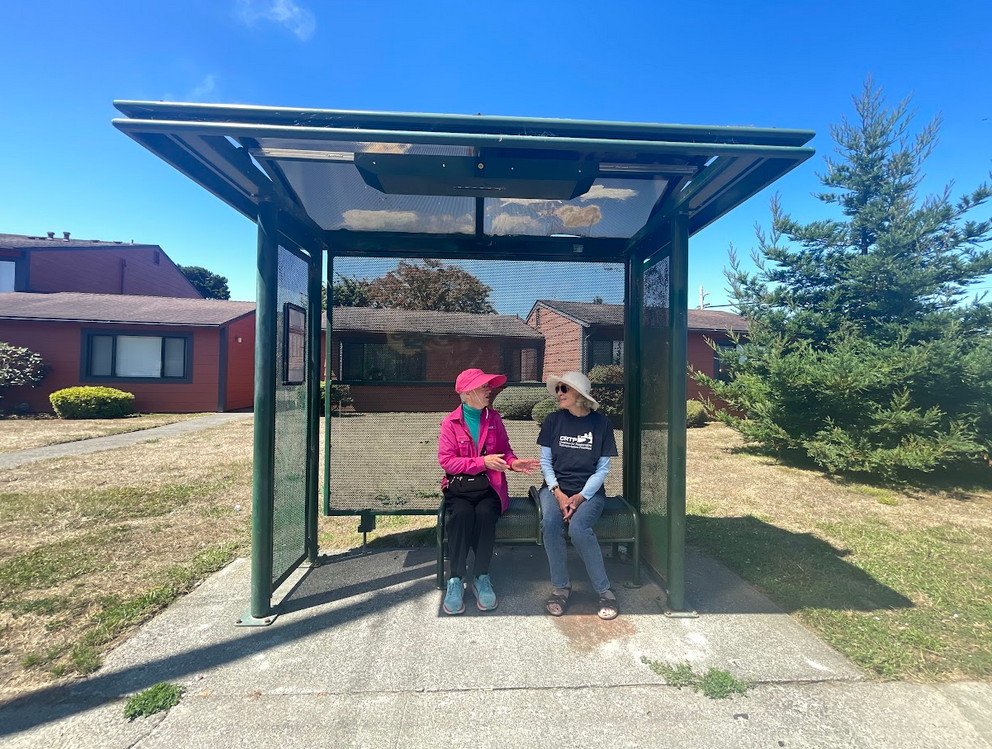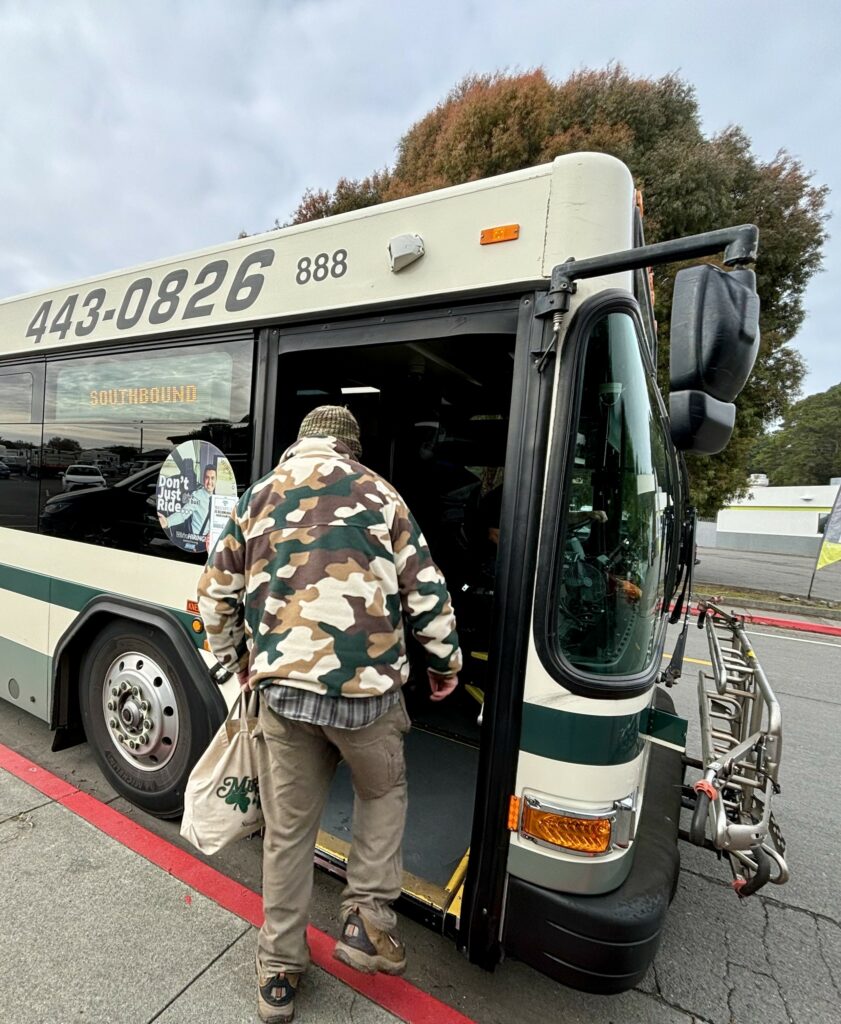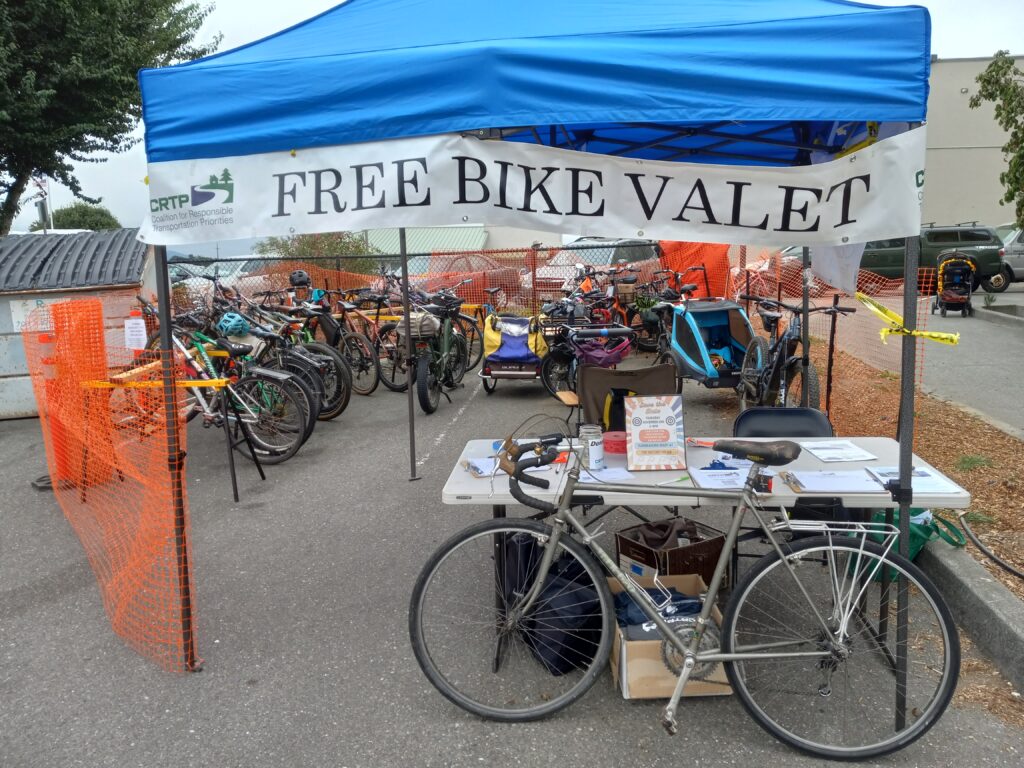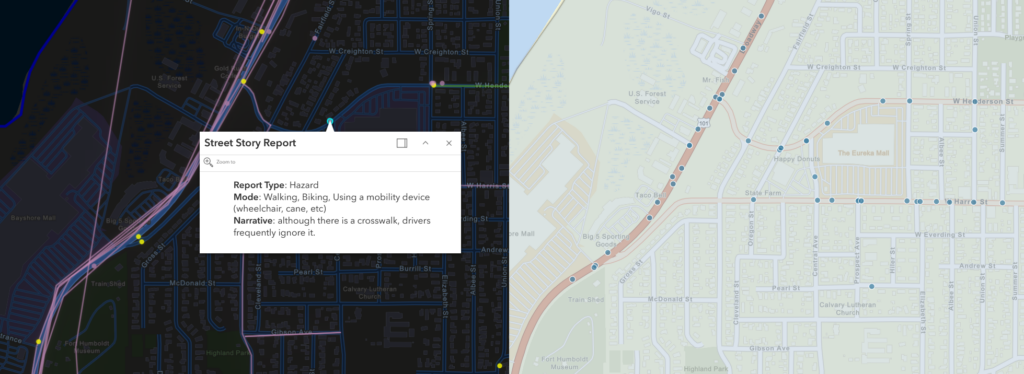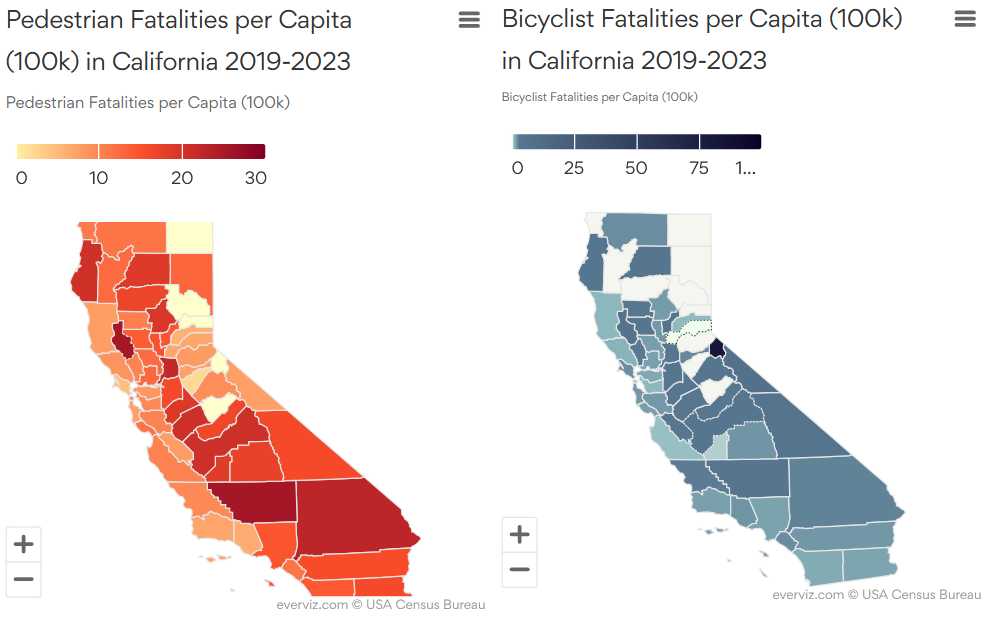The Collector
April 25, 2025
Measure O Transit Funding Secured
On Tuesday, the Humboldt County Board of Supervisors voted unanimously to allocate 15% of Measure O revenue to transit and 85% to roads. They also removed some of the more onerous restrictions on transit that had been proposed. For example, after the county road fund balance is paid off, the supervisors specified that any excess revenues above projections will be split between transit and roads, instead of all going to roads as had been proposed. And they allowed the Humboldt Transit Authority to schedule their spending as needed over the next 5 years, instead of having to give money back each year if they don’t spend it on a certain schedule. Supervisor Wilson also inserted a 5% target for spending on complete streets features, which will help ensure that at least some of the Measure O “road” money is spent on things like bike lanes and sidewalks.
The supervisors did not give transit as much funding as we asked for, and we continue to believe it’s not enough. But this is still a win for local transit. All in all, the Humboldt Transit Authority will likely receive close to $4 million each year for the next 5 years from Measure O. For an agency that has been operating with an annual budget of about $10 million, that’s a lot, and we’re confident that they will be able to use that funding to implement meaningful service improvements.
The supervisors mentioned during Tuesday’s meeting how many calls and emails they’d been getting in support of transit funding, so it’s clear our message got through. In fact, we are confident that without the advocacy of CRTP and our allies, members and supporters – starting all the way back in early 2023 when Measure O was just a twinkle in the supervisors’ eyes, and continuing through this Tuesday – there would have been no funding for transit at all. CRTP extends our deepest appreciation to everyone who helped make this happen.
Save the Date: Eureka Bike Safety Audit
On Wednesday, May 14, 2025, from 5:30-6:30 pm, CRTP will be conducting a bike safety audit of Eureka’s 4th and 5th Streets. We’ll meet at the corner of 4th and C Streets in Eureka, and no bike is required to participate.
Bike audits are an opportunity to experience and take note of the conditions for bicyclists in a particular neighborhood or location. Unfortunately, due to the dangerous conditions on 4th and 5th Streets, we will not be riding bikes during the audit. But while we already know 4th and 5th Streets are not safe for bicyclists, the bike audit will help document the exact hazards, and suggest solutions to improve safety.
During the audit, we will walk or roll on the sidewalk while observing conditions for bicyclists, and will focus on observations of three intersections: 4th & C Streets, 4th & H Streets, and 5th & I Streets.
And don’t forget, May is Bike Month! The bike audit is just one of many local bike-related events and activities scheduled for Bike Month. Click here for more information about other bike-related events and activities scheduled for May.
Hiller Road Quick-Build Safety Project Moves Forward
This week the McKinleyville Municipal Advisory Committee gave some direction to Humboldt County Public Works staff about what they’d like to see in a new quick-build safety project on Hiller Road between Central Avenue and McKinleyville Avenue. The committee voted for buffered bike lanes along the entire stretch, narrowed traffic lanes and other traffic calming features, and a new design prioritizing safety for people (especially kids) walking and biking at the intersection of Hiller and McKinleyville.
A quick-build project uses paint and other low-cost materials to rapidly transform existing paved surfaces. These projects are generally intended to stay in place until more permanent improvements can be made – often several years – but can be easily modified based on public feedback and experience. County staff have said they plan to build the Hiller Road project this summer, which will make it the first quick-build project in the region.
CRTP is represented on the committee’s active transportation subcommittee. We suggested a quick-build at this location, and we’ve been advocating to ensure that the project prioritizes evidence-based bike and pedestrian safety measures. We’re pleased with the direction the project is going and excited to see it implemented.
Fortuna Council Approves Roundabout & Bike/Pedestrian Bridge
Last week, the Fortuna City Council approved designs for a major project including a complex, five-leg roundabout at 12th Street and Newburg Road and an adjoining bike and pedestrian bridge over US 101. The future Great Redwood Trail will also pass directly through this area, which will mean many more people walking and biking. At CRTP, we appreciate the important new bike and pedestrian infrastructure in this project, but we have concerns about the roundabout. It can be challenging to design a roundabout – especially one as big as this – in a way that is actually safe and comfortable for people walking and biking, especially kids, seniors and people with disabilities, and we’re not convinced the city has achieved that.
News from Beyond the North Coast
US DOT Threatens to Pull Huge Amounts of Federal Funding
A new memo from US Transportation Secretary Sean Duffy threatens to withhold all federal transportation funding for projects deemed to be promoting “DEI.” By the Trump administration’s vague, broad definition, that would seem to include almost all federal funding given out in recent years, since the Biden administration used equity-related metrics to prioritize funding based on legal mandates.
The new memo also threatens to immediately cut all funding to sanctuary cities and states. That designation applies to California, Humboldt County, Eureka, Arcata, and many other jurisdictions in the region. If Duffy follows through on this threat, a huge number of transportation projects locally and throughout the state will be defunded. It’s not clear if the threat also includes federal transit funding.
The Collector is CRTP’s weekly transportation news roundup, published every Friday. We focus on North Coast news, but we also include relevant state, national and international transportation news – plus other items that we just find kind of interesting! To submit items for consideration, email colin@transportationpriorities.org.

